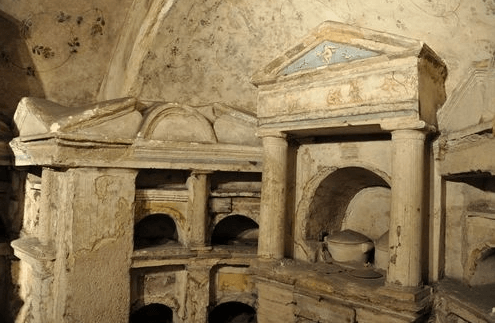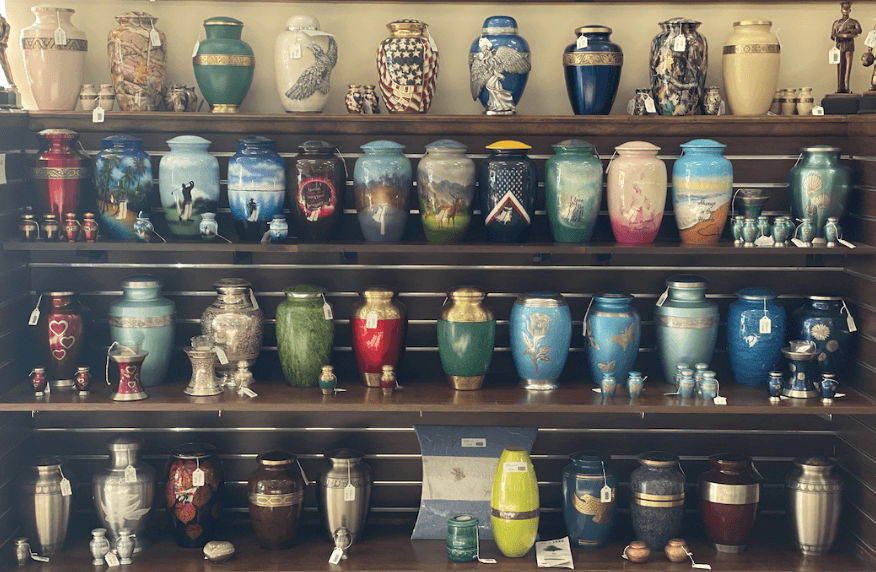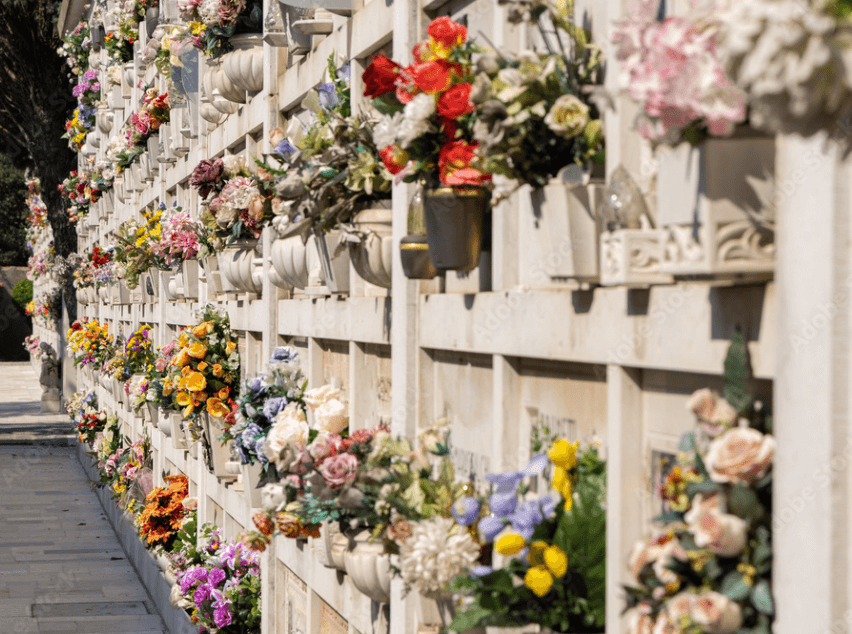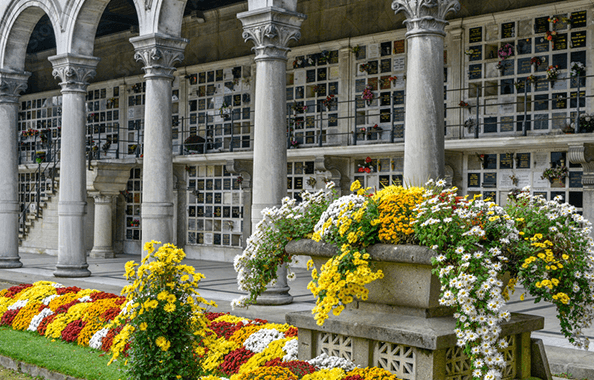The practice of cremation has been a significant cultural and religious tradition for centuries. Alongside this practice, the use of ashes urns to hold the remains of the departed has also gained immense importance. In this article, we delve into the origin and symbolism behind the term “ashes,” while exploring the various aspects related to urns, including their designs, sizes, costs, and their connection to the cremation process.
Understanding the Term “Ashes”
The term “ashes” refers to the remains left after the process of cremation. During cremation, the body is exposed to high temperatures, resulting in the reduction of organic matter to bone fragments and ashes. These ashes hold deep symbolic significance across cultures and belief systems, representing the cycle of life, death, and rebirth.

The Role of Urns in Preserving Ashes
Urns have played an integral role in memorializing and preserving the ashes of loved ones. These containers are designed to safeguard the remains and provide a dignified resting place. Modern urns come in a myriad of designs, sizes, and materials, allowing for a personalized and meaningful tribute.
Designs and Sizes of Ashes Urns
The design of an ashes urn is a poignant expression of the individual’s personality and passions. From elegant and minimalist designs to intricate and artistic ones, urns can be chosen to reflect the unique essence of the departed. Families can select from a range of sizes to accommodate the amount of ashes they wish to preserve. Common sizes include small keepsake urns, standard-sized urns, and larger companion urns designed to hold the remains of two individuals.

Exploring Ashes Urn Cost
The cost of an urn for ashes varies widely depending on factors such as material, design complexity, and size. Urns can be crafted from materials like wood, metal, ceramic, glass, and even biodegradable options for environmentally conscious choices. While more elaborate designs and premium materials may incur higher costs, there are options available to suit every budget, ensuring that families can find a fitting memorial without compromising their financial constraints.
Connection to the Cremation Process
The ashes within an urn are intimately linked to the cremation process, a practice that dates back thousands of years. Cremation is a reverent method of respectfully returning the body to the elements. The resulting ashes, once carefully collected and placed in an urn, offer a tangible representation of the transformation that occurs during the cremation process.

Symbolism and Cultural Perspectives
Across cultures and religions, ashes hold diverse meanings. For some, ashes symbolize the impermanence of life and the interconnectedness of all living beings. In Hinduism, for instance, ashes, known as “Vibhuti,” are applied to the forehead as a sacred symbol. In Christianity, the use of ashes on Ash Wednesday is a reminder of mortality and repentance.
Conclusion
The term “ashes” encompasses a profound and multifaceted symbolism that resonates deeply with the human experience. As we honor the memory of our loved ones through the use of modern ashes urns, we engage with a tradition that bridges the gap between the physical and the metaphysical. These containers, with their myriad designs and sizes, not only provide a final resting place for the departed but also serve as a testament to the enduring connection between the living and the deceased. Whether chosen for their design, size, or material, each urn holds a sacred role in commemorating a life well-lived and bidding a heartfelt farewell.

